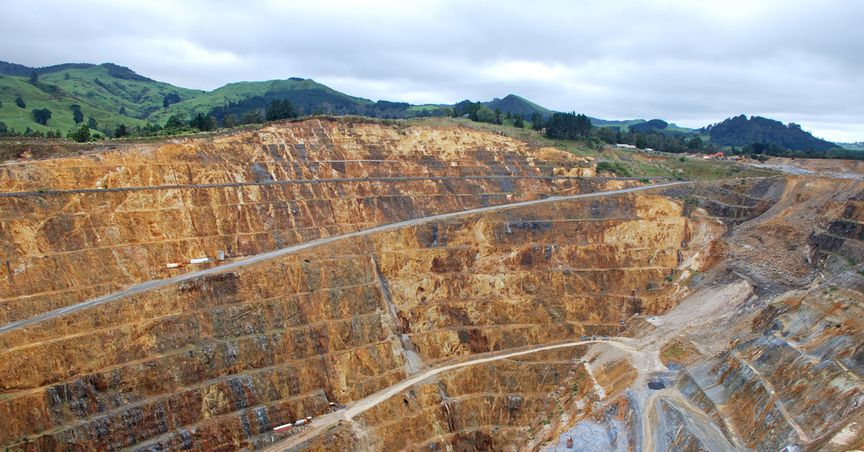Summary
- The rising awareness of renewable energy and electric mobility has invigorated investors towards mineral projects of critical battery metals.
- Gold surged to record levels over US$2,070 an ounce in August, experiencing a strong rally amid the pandemic. Over 17 gold projects with an annual capacity of 76 tonnes are progressing under the feasibility stage in Australia.
- The number of resource and energy major development projects increased by 19 per cent to 335 projects in the past 12 months.
While the pandemic adversely affected the global economic scenario and the commodity markets, it acted as an unexpected catalyst for both gold and battery metals sectors. The rising call for clean energy has brought renewable energy and electric mobility in the spotlight.
Several governments including China, Germany, and France have already announced proactive measures offering attractive incentives on purchasing electric vehicles. The anticipation of growing demand for battery metals has triggered a momentum in the prices of such mineral commodities.
The battery metals faced the heat of the virus outbreak initially but rebounded later to gain strength on the back of growing demand anticipation. Gold has been the largest benefactor of the pandemic with the yellow metal surging to record levels over US$2,070 an ounce in August.
Upward Trends in the Battery Metals and Gold Market
As per the Australian Resources and Energy Quarterly September edition, Australia anticipates emerging as the world’s largest gold producer in 2021. The gold production in Australia is forecast to increase to ~369 tonnes, with the export slated to surge to record levels of $31.069 billion in 2020-21. The global demand for gold is estimated to fall by 16% in 2020 due to lower jewellery consumption across the world.
Read Here: British Electric Car Makers and Surge in Tesla’s Shares Over $2,000 On the US Bourses
As per the report, Australia contains about 26% of the global nickel resources. The existing nickel mines and projects are estimated to fuel up the export volumes to ~335,000 tonnes of nickel in 2021-22. The global demand for nickel is anticipated to contract by 7 per cent to 2.3 million tonnes in 2020, mostly due to lower economic activity during the pandemic.
Must Read: Lithium Production Volatility and Chinese Offtake Spree; Explosive Co Extends Offtake with Galaxy
Project pipeline to cater to Future Demands
As per the Resources and Energy projects November 2020, despite the global slowdown from the COVID 19 pandemic, the number of resource and energy major development projects increased by 19 percent to 335 projects over the last 12 months starting from November 2019 to October 2020. The value of the projects in the investment pipeline increased by 4 percent to $334 billion.

Kalkine Group Image
The value of battery/electric vehicle & gold-related projects rose by almost 7 per cent and 33 per cent respectively, highlighting the strong demand for gold and battery metals worldwide.
Must Read: A Sneak-peek into the Battery Market and 2 Exciting Stocks in Related Domain
As per the report, gold projects worth $4.3 billion are in the “Committed” stage while 17 gold projects are under feasibility stage, aggregating to over 76 tonnes an annum. This would increase the country’s gold production by a third.
Read Here: Unfurling Battery Materials Growth: Global Perspective & NOVONIX’s Lucrative Stance
he advancement in the battery technology has pushed the investment in Australia across cobalt, nickel, lithium and other rare earth metals. Iron ore, LNG and coal are the 3 largest export commodities accounting for almost 80 per cent of project investment in Australia. The increasing acceptance of renewable energy and electric vehicles has gathered substantial investment in the battery metals’ projects. Further, gold has proved its worth as the safe-haven asset amid the weak economic conditions in recent times.





